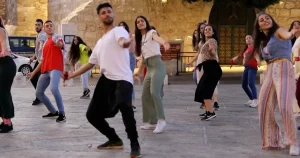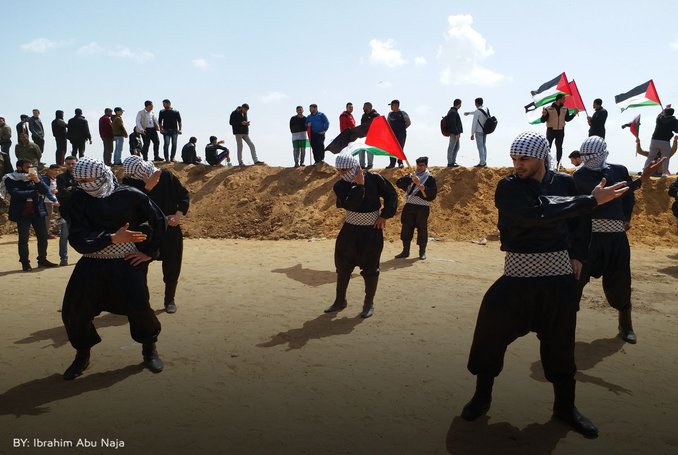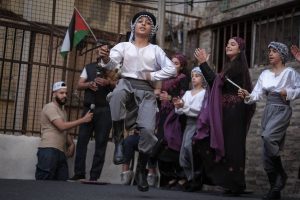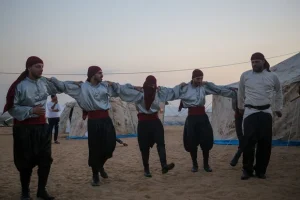In Gaza, where war and hardship have touched every street, the sound of drums and the rhythm of dabke still echo through the air.
For many Palestinians, dabke is more than just a dance — it’s a declaration of existence, identity, and resilience.
Even amid destruction, young men and women gather to perform this traditional dance, their steps pounding like heartbeats of a people refusing to disappear.

The Meaning of Dabke in Gaza’s Culture
Dabke, a traditional Levantine folk dance, has been part of Palestinian culture for centuries.
In Gaza, its meaning has deepened.
Every stomp and step symbolizes unity, strength, and hope.
It is often performed at weddings, graduations, and even in moments of mourning — moments when Gazans remind themselves that their spirit cannot be broken.
Through dabke, communities celebrate survival, not just joy.
Dancing Under Siege
Organizing a cultural event in Gaza isn’t easy.
Electricity shortages, restrictions on gatherings, and ongoing threats make it difficult.
Yet, dance troupes continue to train in small spaces, sometimes even on rooftops, using portable speakers powered by generators.
For them, dabke is a message to the world:
“You can silence our city, but you will never silence our rhythm.”
The Youth Carry the Tradition Forward
Despite limited opportunities, Gaza’s young people have revived dabke as a modern symbol of hope.
Some have even started teaching children in refugee camps, ensuring that the dance — and what it stands for — never dies.
Social media platforms have become new stages, allowing these performers to share their culture globally.
Through a short video, a child’s proud steps become a bridge between Gaza and the world.
The Dance of Defiance
Dabke in Gaza is not only art — it’s resistance.
Each synchronized step connects the past and present, reminding everyone that heritage is a form of protest.
Even in a land surrounded by barriers, Gazans find freedom in movement, rhythm, and tradition.
When they dance, they declare:
“We are still here.”






